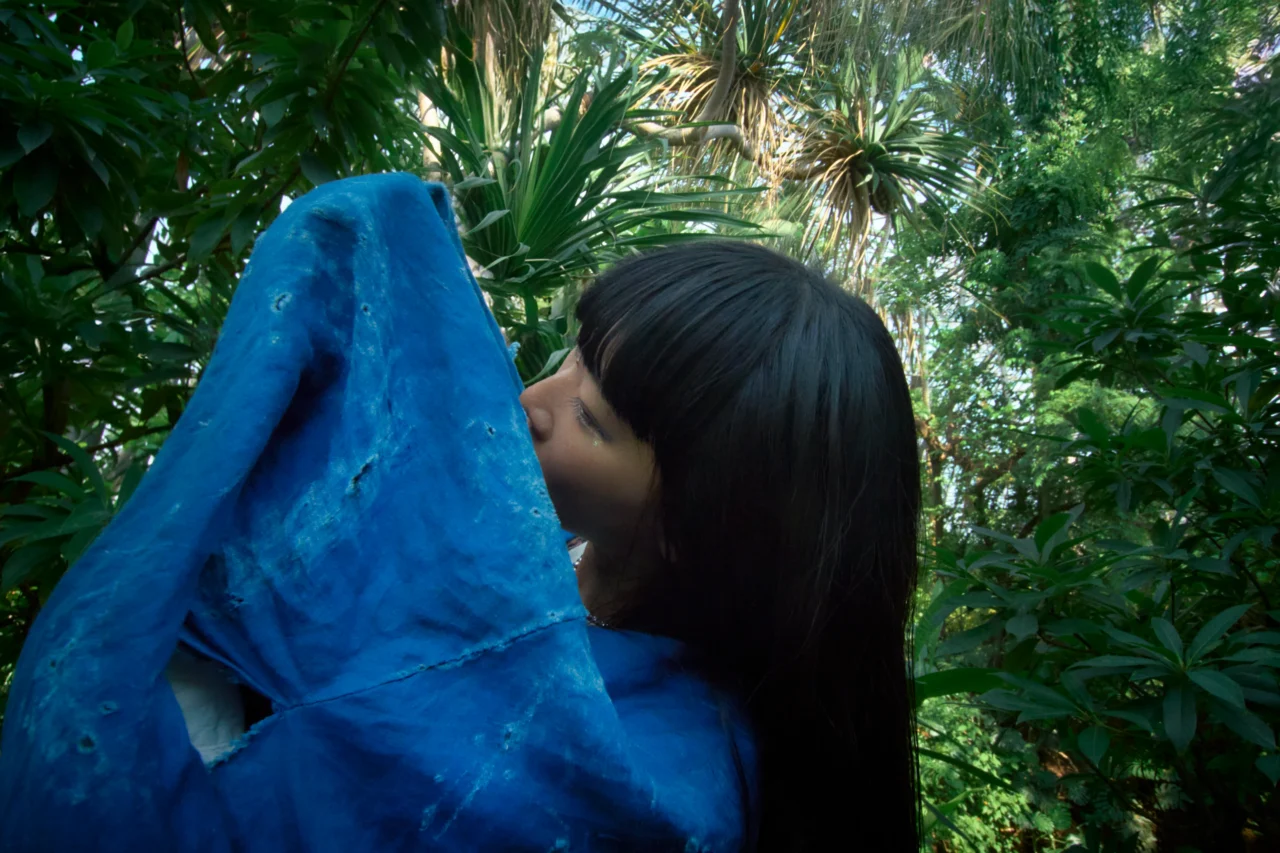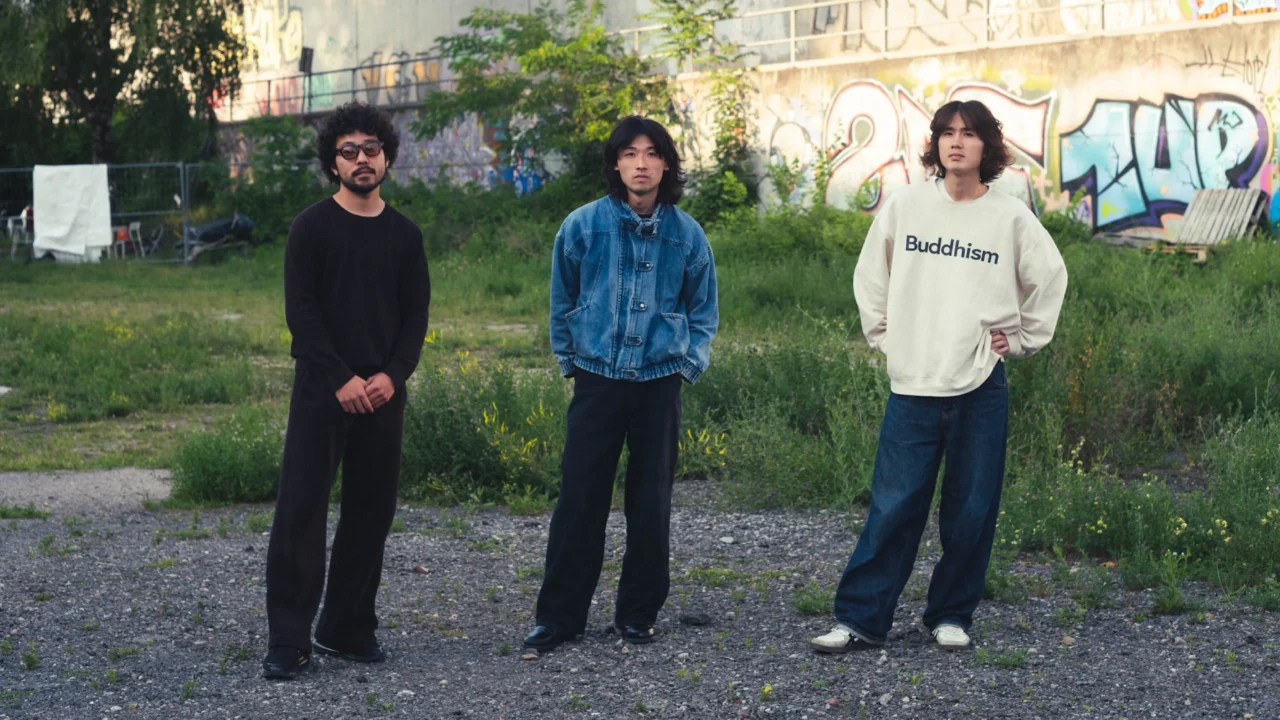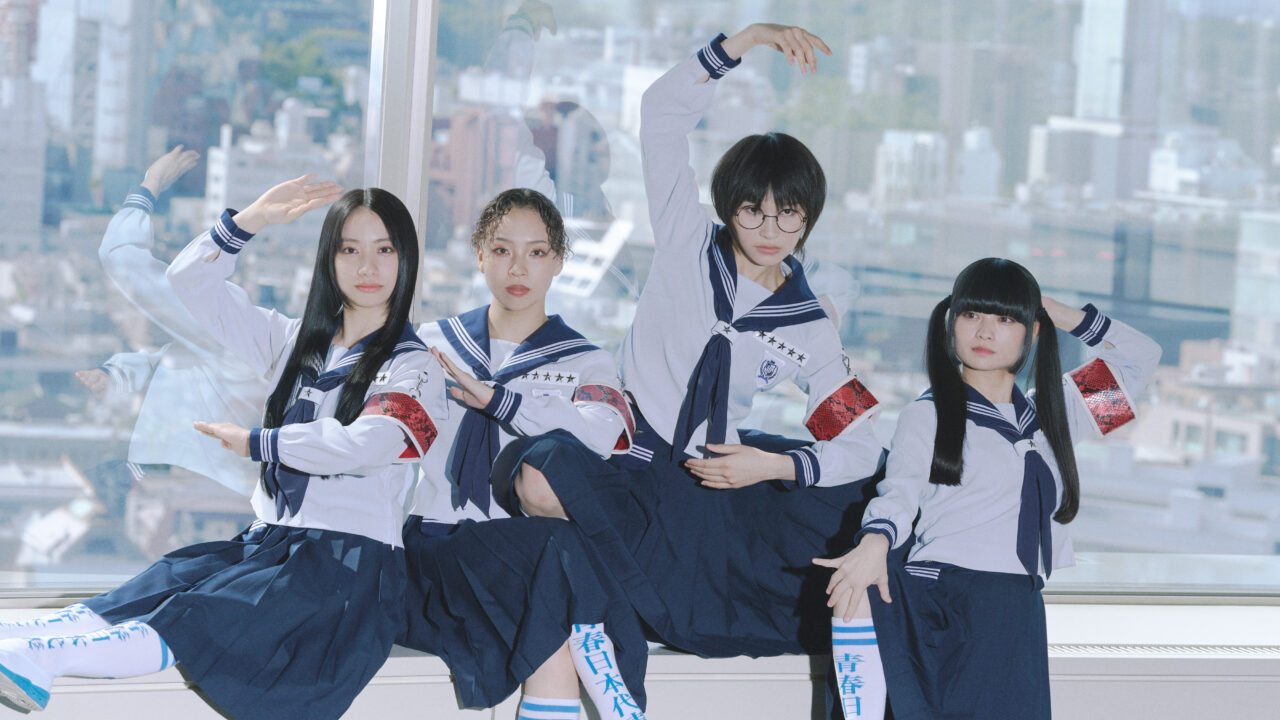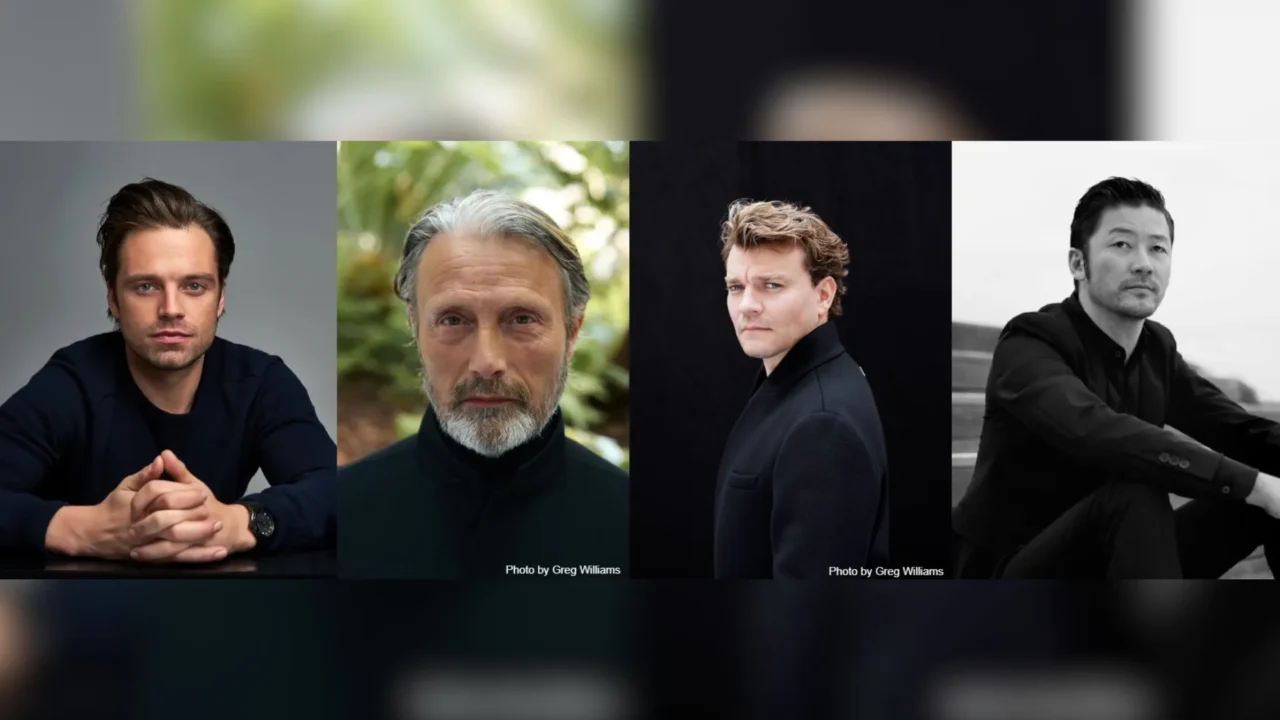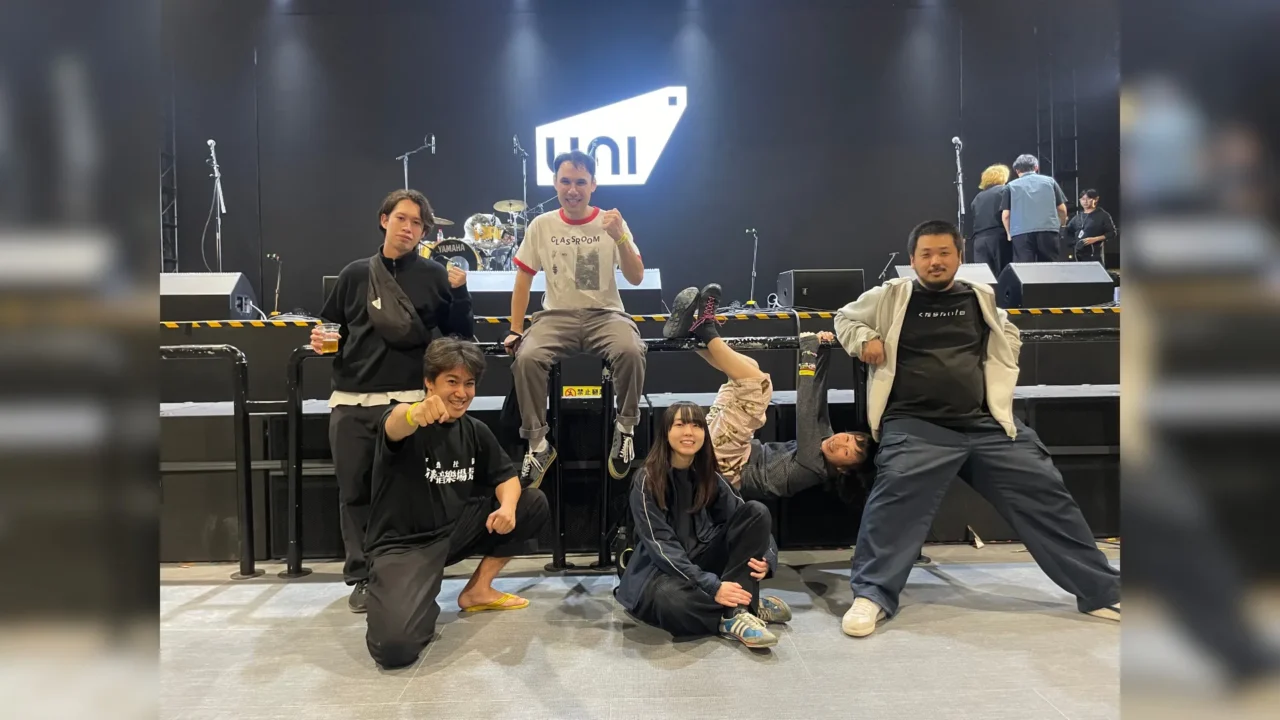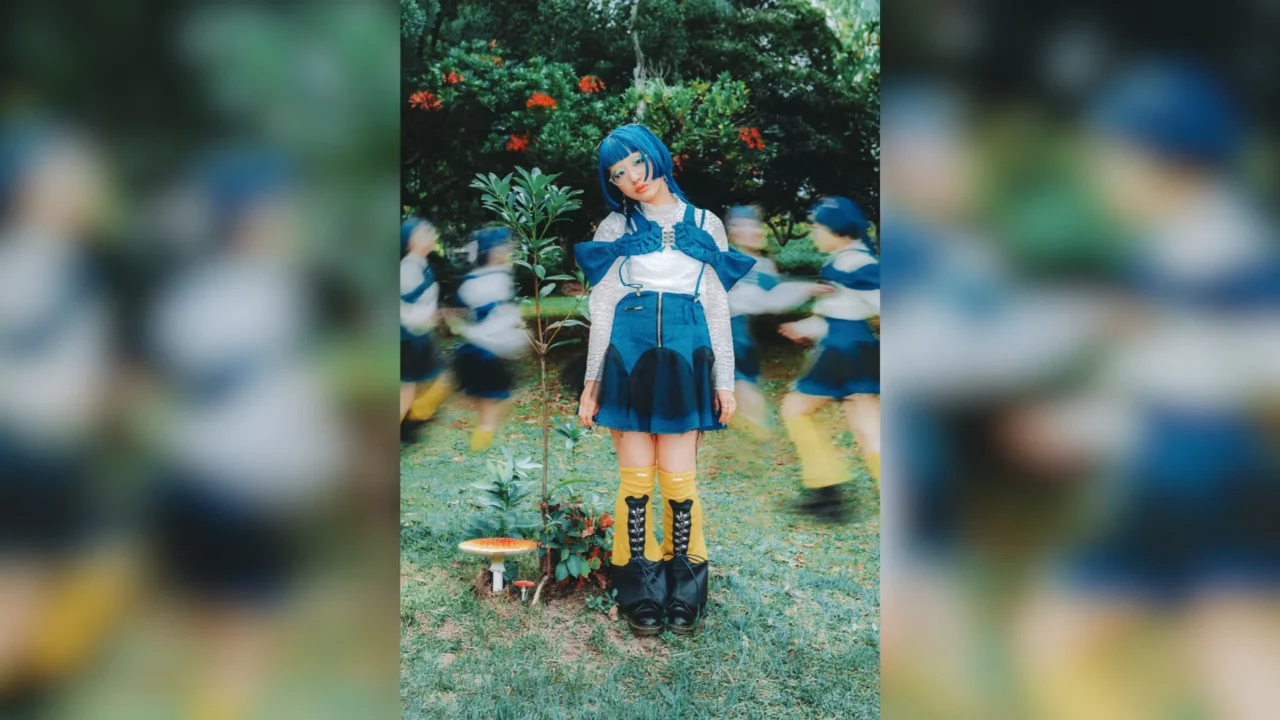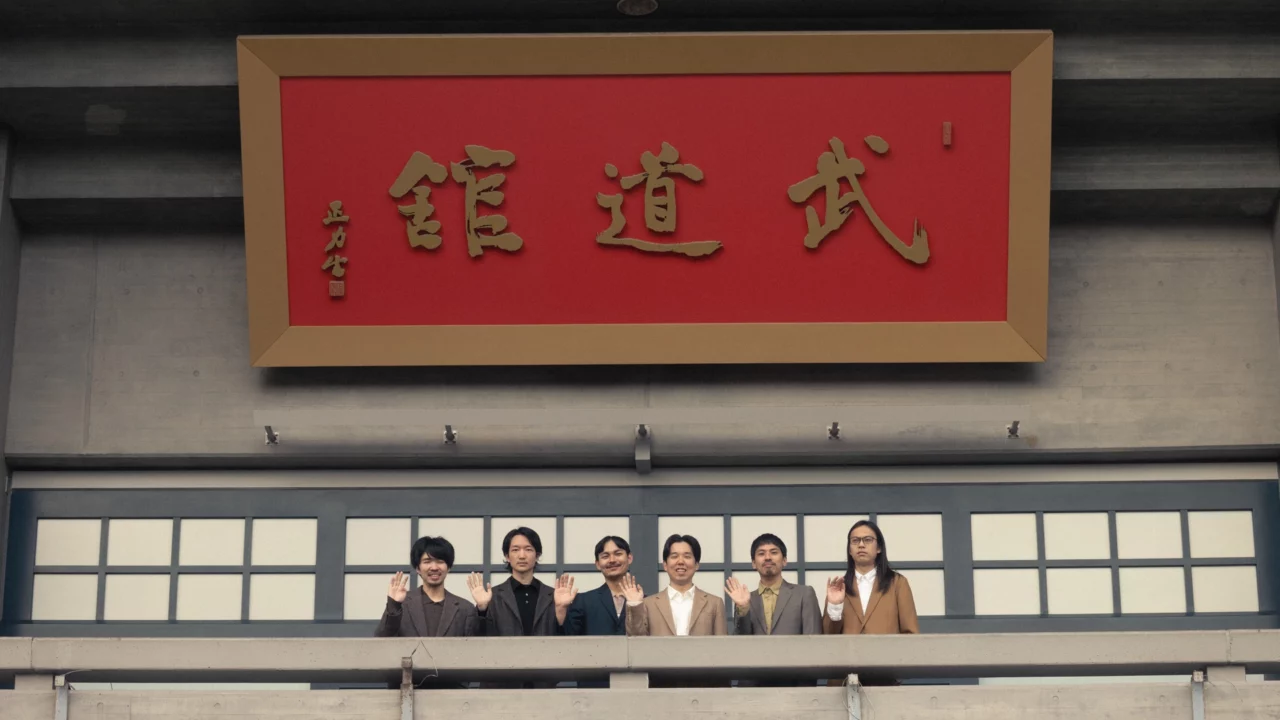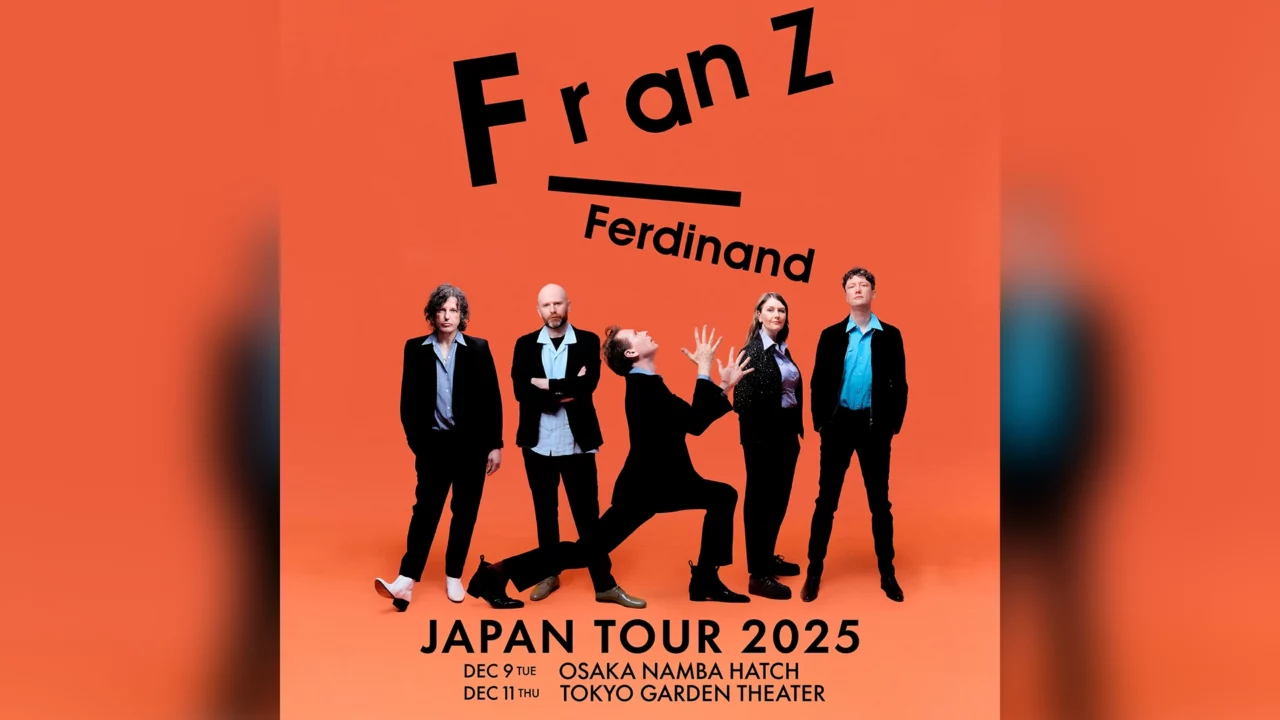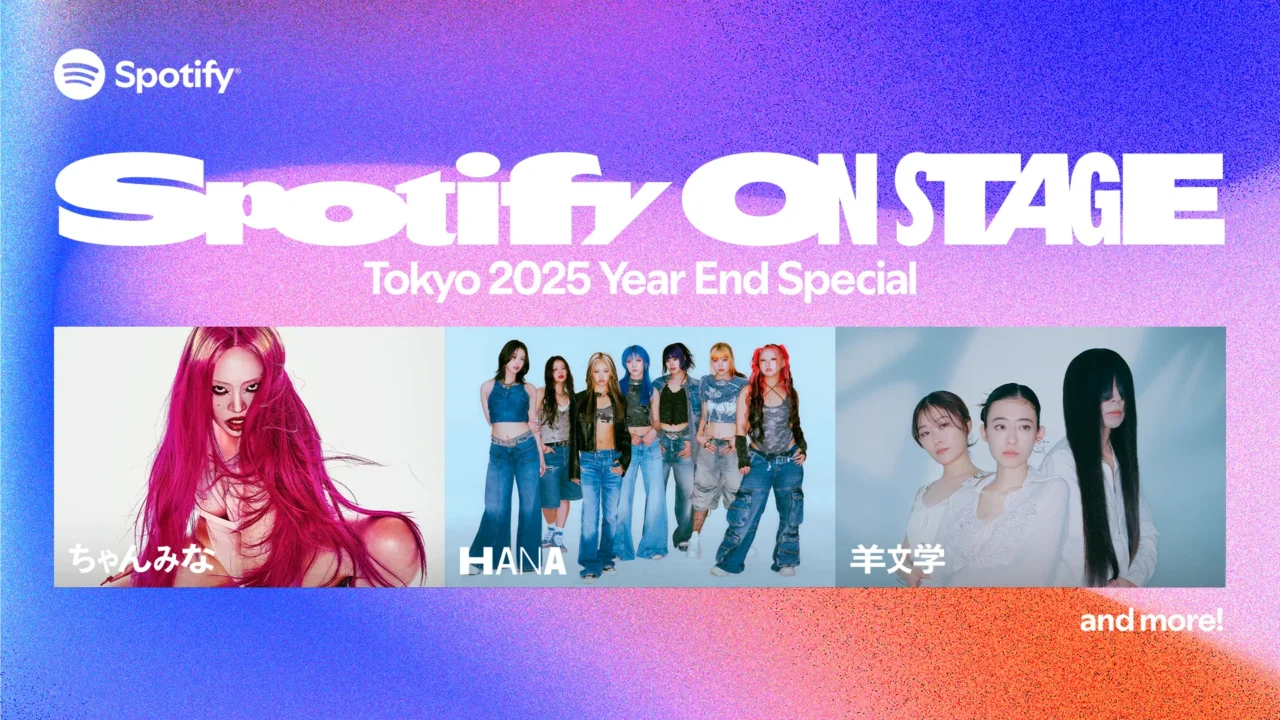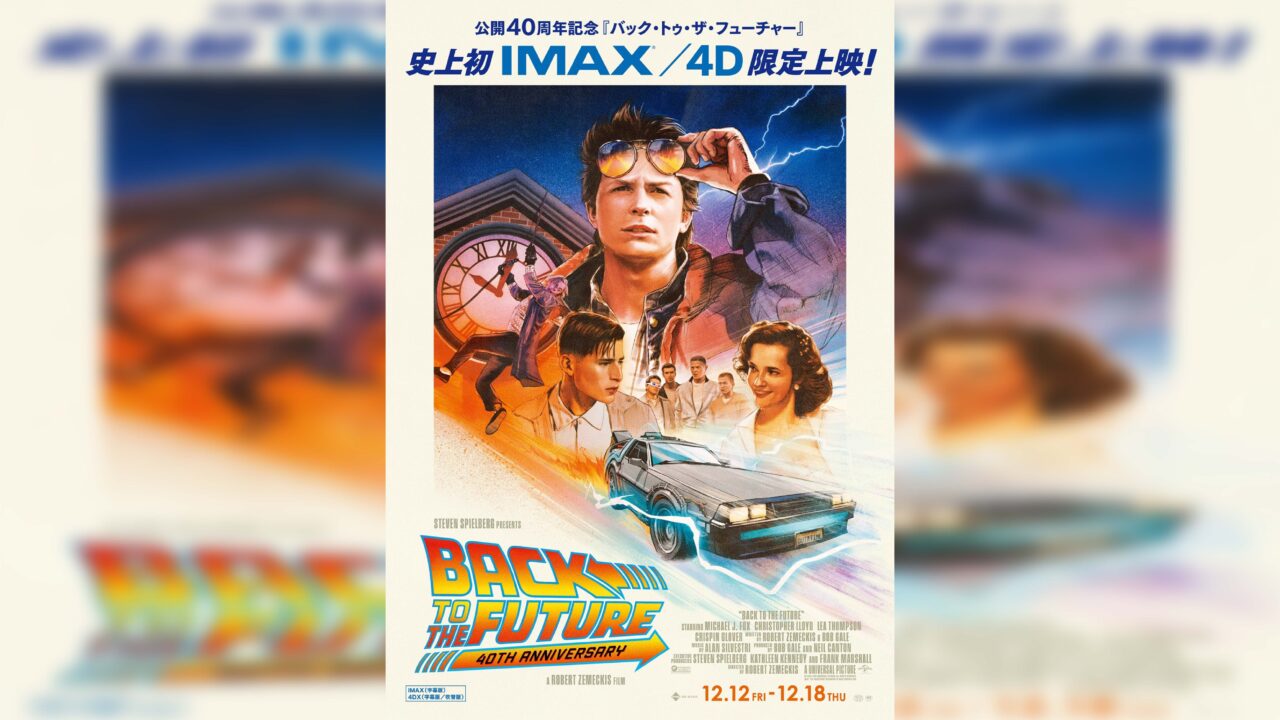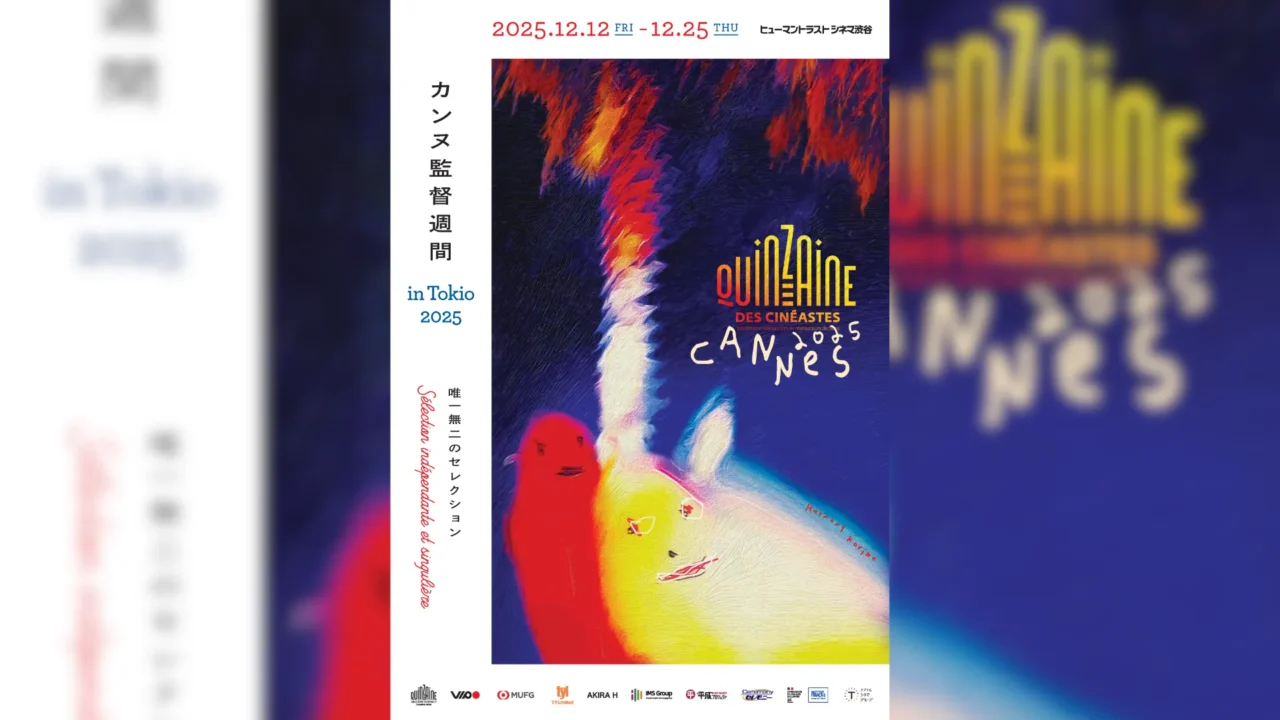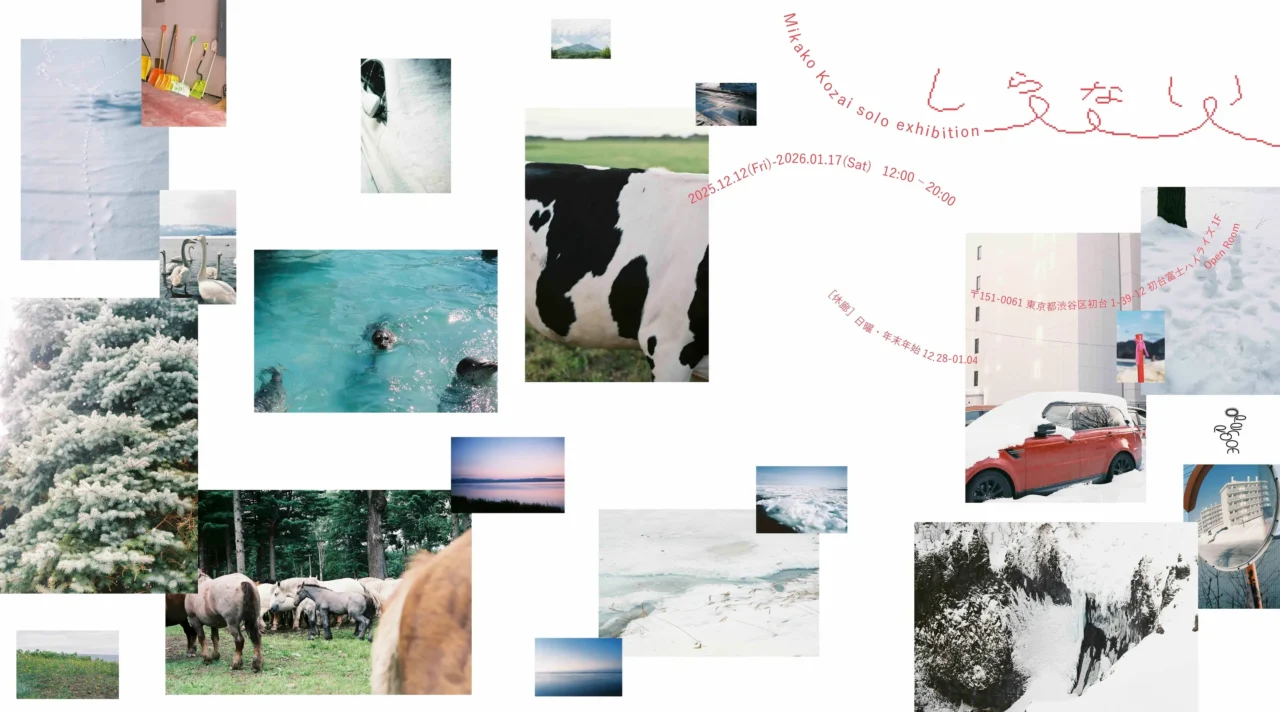A circle of friends connected by goo-touching! The “FIST BUMP” corner of the radio program “GRAND MARQUEE” features people who live and enjoy Tokyo in a relay format.
On January 4, Kenji Takahashi, editor-in-chief of “Ebisu Shinbun” introduced Yutaka Oyama, the third generation of the Oyama school of Tsugaru shamisen, and asked him about his memorable performances and the shamisen classes he organizes through the Tsugaru shamisen, which he started at the age of 6.
INDEX
Tsugaru shamisen started when he was 6 years old, and now he participates in “Demon Slayer: Kimetsu no Yaiba” and Arashi’s tours
Takano (MC): Yesterday, Mr.Takahashi introduced you as a “reaped city boy,” and you have a city boy feel.
Oyama: No, no, not at all.
Celeina (MC): The street fashion matches the Tsugaru shamisen that you brought with you.
Takano: Once again, I hear that the Oyama school is one of the largest schools in Japan.
Oyama: We are allowed to do it in a big way. Since it is a Japanese instrument, I have been allowed to go abroad in various ways.
Celeina:Where did you go most recently?
Oyama: I went to Vietnam.
Celeina:You are active globally, aren’t you? What was it that got you started playing the shamisen in the first place, Mr. Oyama?
Oyama:My family has been playing the shamisen since my grandfather’s generation, so I felt like I had no escape and had no choice but to play.
Takano: So it was already from a young age.
Oyama:There is a Japanese custom that says if you start playing on June 6th, you will improve your art, so I started at the age of 6.
Celeina:Did you start playing the shamisen at the age of six, and did you ever develop an aversion to it?
Oyama:I didn’t have much love for it; I hated it when I was a teenager, and I was always running away from it.
Takano: Nowadays, I’m working with Arashi, Keisuke Kuwata, Takako Matsu, Yoshie Nakano, Kyoko Koizumi, and I wish it was always midnight. I heard that you have been co-starring with Arashi, Keisuke Kuwata, Takako Matsu, Yoshie Nakano, Kyoko Koizumi, Zutomayo,and others. You also participated in “Demon Slayer: Kimetsu no Yaiba” didn’t you?
Oyama:Yes, I did. I am in charge of the sound for the scene where Zenitsu Agatsuma plays the shamisen.
Takano:I watched it! I didn’t realize that. That’s a very broad range.
Celeina:What was a particularly memorable performance you had together?
Oyama:They are all very memorable, but Arashi’s dome tour and Momoiro Clover Z’s stadium were memorable because they are worlds that cannot be seen with Japanese instruments.
INDEX
Difficulty of Tsugaru shamisen and improvisation
Celeina:To reiterate, what kind of instrument is the Tsugaru shamisen? To begin with, I think there are several types of shamisen.
Oyama:There are three main types of shamisen: futozao (thick neck), chuzao (medium neck), and hosozao (thin neck). The Tsugaru shamisen is the largest of the three, called futozao.
Celeina: What are the differences between them?
Oyama:The characteristic of the Tsugaru shamisen is that it is played like a stringed instrument with the left hand while the drum part is struck with the plectrum in the right hand to create a rhythm. It is also called a “struck string instruments”.
Takano: So it is also a percussion instrument?
Celeina: It looks difficult to play.
Oyama:It is not marked in position like a guitar, so it is easy to go out of tune, and there are many technical points.
Celeina:You have brought the Tsugaru shamisen to the studio, so please play it.
Oyama: I’ll kind of improvise. (Performing)
Celeina: Great!
Takano: Cool!
Oyama:I played a lot. (laughs)
Takano: So it’s improvisation?
Celeina: Is it like a session?
Oyama:I just do what comes into my head. In the current one, I started with a folk-like part, did something that had a New Year’s feeling, and then added a rock-like part.
Takano: I really like the vibration of the strings. It was a luxury to see it from this distance.
Celeina: Thank you very much. It’s great! Now, I would like to share a song with you. It is a song in which Mr. Oyama participated on shamisen. Zutomayo’s “Engine oil”.



